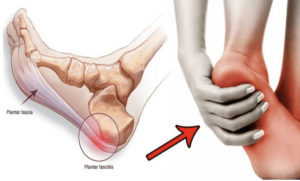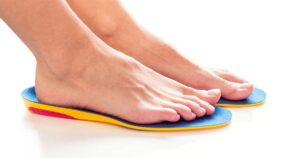If you suffer from a persistent and painful ingrown nail, your podiatrist might suggest ingrown toenail surgery. There are different types of ingrown toenail surgery, and they each have different indications, contraindications, and recovery periods.
The simplest procedure is the avulsion of the nail bed using phenol. This procedure is also known as partial nail removal or matrixetomy, and it can be partial or complete. The procedure can be performed in a podiatrist´s office using local anesthetics. When a partial nail avulsion is carried out, the doctor will cut away the edge of the ingrown nail which is growing into the skin and after removing this piece of nail, they will cauterize the nail bed underneath using a chemical, usually phenol, to make sure the matrix is destroyed and the nail doesn’t grow back in that place. In these cases, recovery is quick and topical antibiotics can be used after the procedure.
A more radical matrixetomy is the complete nail avulsion. This procedure is usually performed when other types of ingrown nail surgery have failed, and it consists of anesthetizing the area and pulling out the entire nail before destroying the entire nail bed with phenol. The nail will not grow back. It is important to note that for the phenolisation to be effective, the substance must be kept in contact with the nail matrix for a few minutes; if the phenol isn’t applied correctly, there is a greater chance of regrowth.
The nail can also be removed partially or completely without the use of phenol to destroy the nail matrix; however, this is usually ineffective in the long run because the ingrown nail is very likely to grow back, and it might even become thicker and disfigured.
More invasive ingrown toenail surgery procedures must be carried out in the hospital. Some of these techniques include:
- Winograd Technique: an incision is made on the upper part of the nail, along its upper edge, and extended to the lower edge of the nail. After this, the skin is separated and the ingrown portion of the nail and the nail matrix are removed surgically. Then, the skin is brought back to its original place. Sutures are optional.
- Vandebos Procedure: in this procedure, the nail remains intact while an incision is made to remove the skin that surrounds the nail. 3-4 millimeters of skin are usually removed from around the nail, and the lateral portion of the bone is sometimes exposed. This allows for the skin to heal lower and tighter around the nail, eliminating the possibility of an ingrown toenail.
- Syme Procedure: the distal portion of the phalanx which contains the nail is amputated, and the wound is sutured and covered with a skin flap.
Contact us today to discuss what are the best options for you ingrown toenail.



